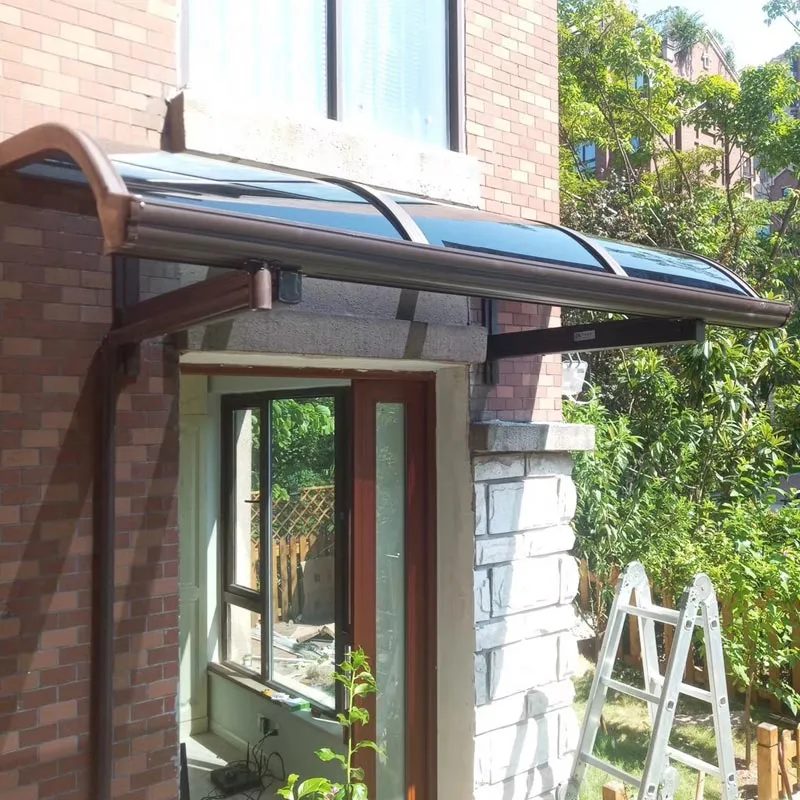What Are The Environmental Benefits Of Installing Awnings
2024-10-21
Installing awnings can provide several environmental benefits by enhancing energy efficiency and reducing resource consumption. Here’s a breakdown of the key environmental advantages:
1. Energy Efficiency
Awnings help reduce the amount of heat that enters a building, especially during warmer months. By blocking direct sunlight from windows and doors, they prevent excessive heat gain, which in turn lowers the need for air conditioning. This results in less energy consumption, reducing the carbon footprint of the building.
- Cooling energy savings: According to studies, awnings can reduce cooling energy consumption by up to 25%, depending on the location and orientation of the windows.
2. Reduction of Greenhouse Gas Emissions
By lowering energy consumption for air conditioning, awnings indirectly help decrease greenhouse gas emissions. Less electricity used for cooling means fewer fossil fuels burned in power plants, reducing CO2 and other harmful emissions associated with energy production.

3. Improved Natural Light Control
Awnings allow for better natural light management. During the day, they block intense sunlight, reducing the need for blinds or curtains, which can trap heat. At the same time, they enable the use of natural light instead of artificial lighting, lowering electricity usage and saving energy.
4. Extended Lifespan of Building Materials
Awnings protect windows, doors, and outdoor furniture from direct exposure to UV rays and harsh weather conditions, helping to preserve these materials and extend their lifespan. This reduces the need for frequent replacements or repairs, which in turn reduces the consumption of materials and resources.
5. Water Conservation
Retractable awnings can be used to protect outdoor areas from rain, reducing the need for frequent cleaning of outdoor spaces, decks, or furniture. This reduces water consumption, especially in areas where water is scarce.
6. Sustainable Building Practices
Installing awnings supports sustainable building designs by contributing to the overall energy efficiency of homes and businesses. In some green building certification programs, such as LEED (Leadership in Energy and Environmental Design), using awnings to enhance energy efficiency can contribute to earning sustainability points.
7. Reduced Heat Island Effect
In urban areas, buildings and concrete surfaces absorb and retain heat, contributing to the "heat island" effect, where cities become significantly warmer than surrounding areas. Awnings reduce the heat load on individual buildings, which helps in mitigating this effect and lowering overall temperatures in urban environments.
Conclusion
Installing awnings provides substantial environmental benefits by reducing energy consumption, decreasing greenhouse gas emissions, and contributing to resource conservation. They enhance energy efficiency, protect building materials, and support sustainable living and building practices, making them an eco-friendly addition to any home or business.
YHJY Building Materials, based in China, is a professional Aluminum Awning manufacturer and supplier of customized building materials.Welcome to inquiry us at yuhoujiaoyang01@gmail.com.




















































